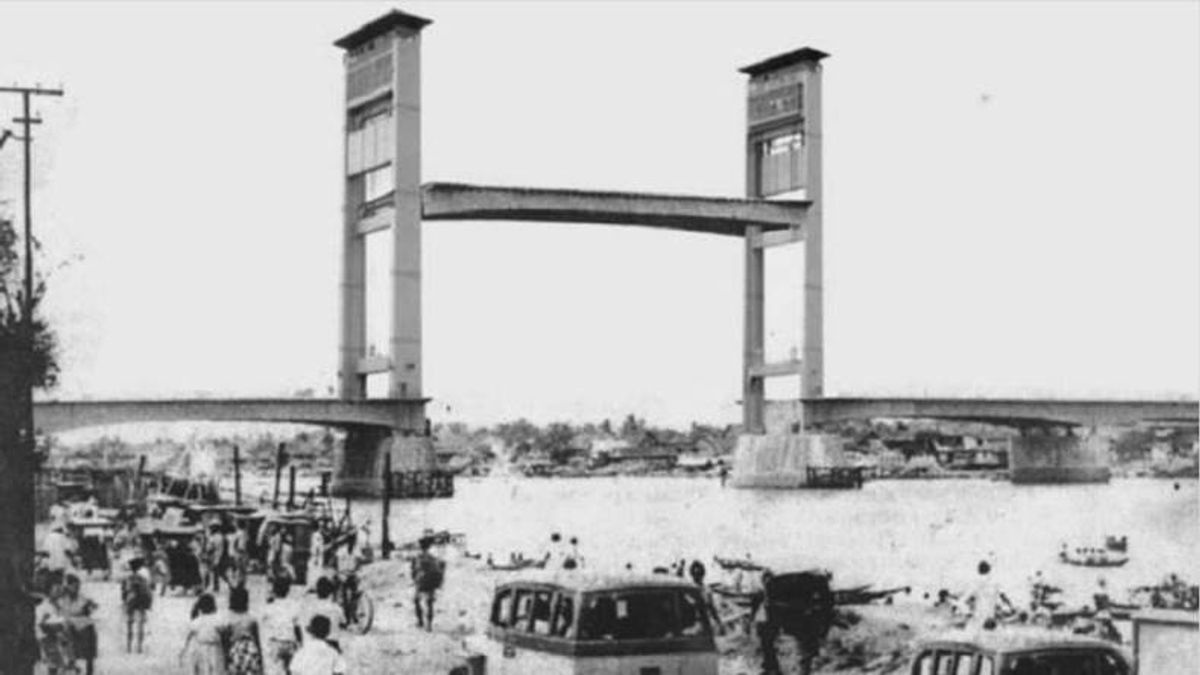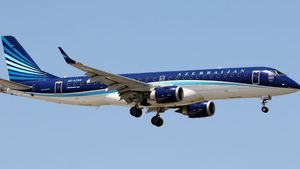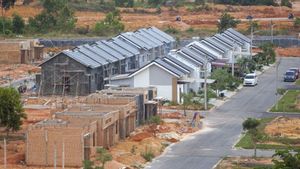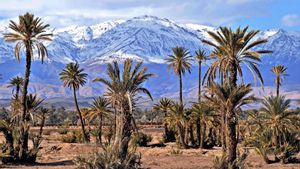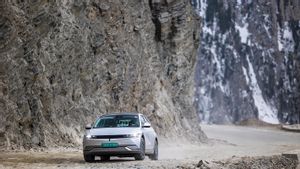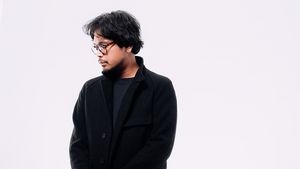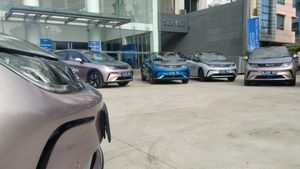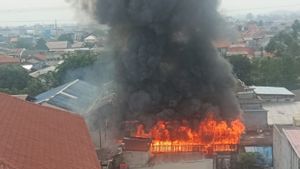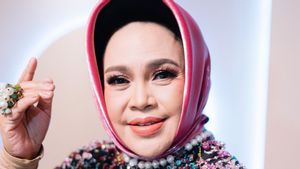JAKARTA - History today, 60 years ago, April 10, 1962, President Soekarno inaugurated the construction of the Musi Bridge (now: Ampera Bridge) in Palembang City, South Sumatra. The presence of the bridge that crosses the Musi River was perpetuated as one of Bung Karno's lighthouse projects.
Previously, many of the Bung Karno lighthouse projects were masterminded by war-pasing funds from Japan. The funds were given as a lesson from the normalization of relations, aka peace between Indonesia and Japan.
It is possible that the Japanese colonial period has benefits for all Indonesian people. The degree of the bumiputras was lifted because of it. However, colonialism remains colonial. The advantage for Indonesia if examined further is not much. This is because the losses caused by Japanese colonialism are enormous.
The narrative of sadness under Japanese colonialism is everywhere. Moreover, Japanese colonialism is predicted not to be much different from the previous invaders, the Dutch. they blackmail the natives like dairy cows. Japanese colonizers only care about their mission. The fate of the whole archipelago is ignored.
This condition made all Indonesian people hate Japan. Mainly when Indonesia was independent. Japan is considered a tyrannical colonialist. The narrative is often heard everywhere. However, the memory began to be deleted slowly with several agreements.
Both, Japan-Indonesia agreed to forget the past. Peace agreement initiative is planned. Two draft agreements were prepared. Peace agreements and war pampasan agreements. The agreement signed in 1958 was very beneficial for Indonesia. Indonesia builds a lot of money from war deposits.
This agreement is divided into two, the first is the peace agreement and the second is the peace agreement. For the peace agreement, it regulates matters related to the desire to end the status of war and create a peaceful situation between the two countries.
"This agreement contains seven articles, and the war pampasan that must be paid by Japan is regulated and contained in article 4 in the agreement," said Moh. Gandhi Amanullah in the book Matahari Equatorial: Indonesia-Japan Relations in the Spectative of Literature and Social Culture (2020).
Bung Karno took advantage of the war supply funds. He tried to beautify Indonesia. Development was also raised with these funds. From building hotels, hospitals, to bridges. Ampera Bridge, for example.
The construction of the Ampera Bridge was inaugurated by Bung Karno on April 10, 1962. The preparation of the first pole is a lesson. The bridge that crosses the Musi River is considered a symbol of glory from Indonesia.
People know him by the name of the Ampera bridge, an acronym of the People's Suffering Mandate in exchange for the name of the bridge, which was only a few months old. The bridge was originally named the Bung Karno bridge. But in accordance with the political climate at that time, in the atmosphere of the New Order enforcement struggle, it became the name Ampera for a sturdy bridge built from Japanese war pampasan funds.
The Ampera Bridge is the first longest bridge in Indonesia to be built in April 1962 and completed in May 1965. Built on the orders of President Soekarno, with funds originating from Japan's war pampasan, "wrote in the 50th anniversary of the Department of Public Works (1995).
The English, Chinese, Japanese, Arabic, and French versions are automatically generated by the AI. So there may still be inaccuracies in translating, please always see Indonesian as our main language. (system supported by DigitalSiber.id)
